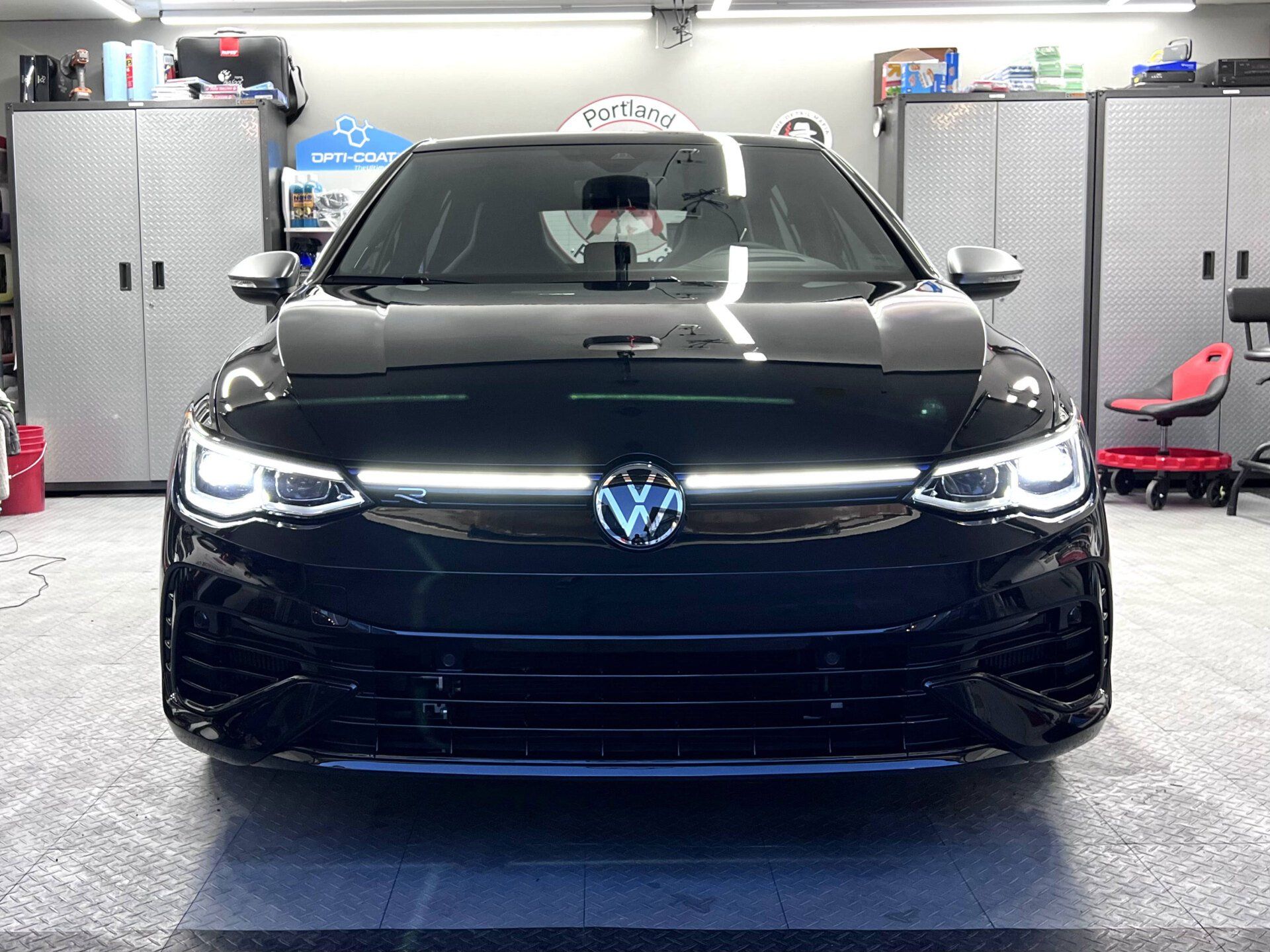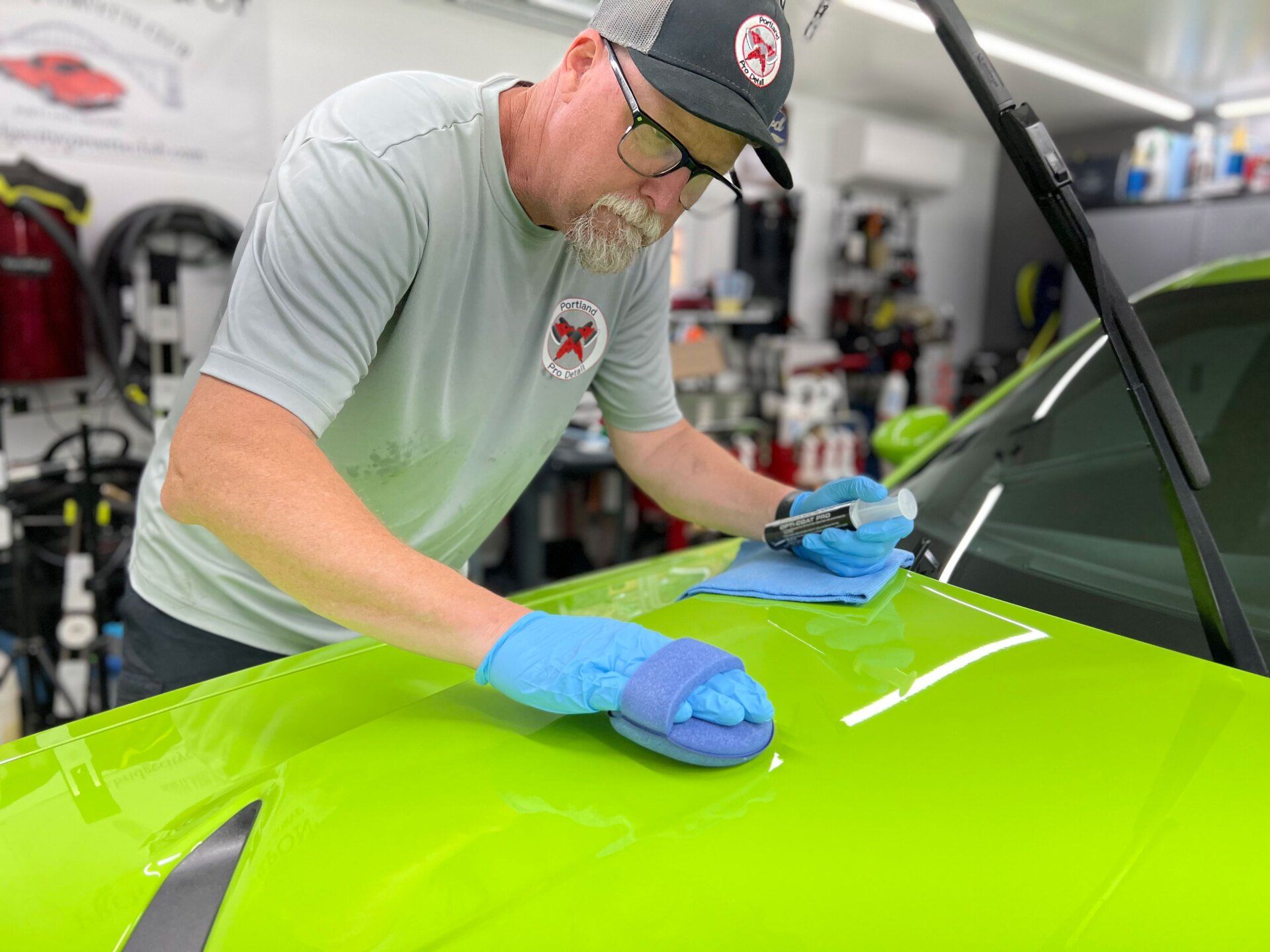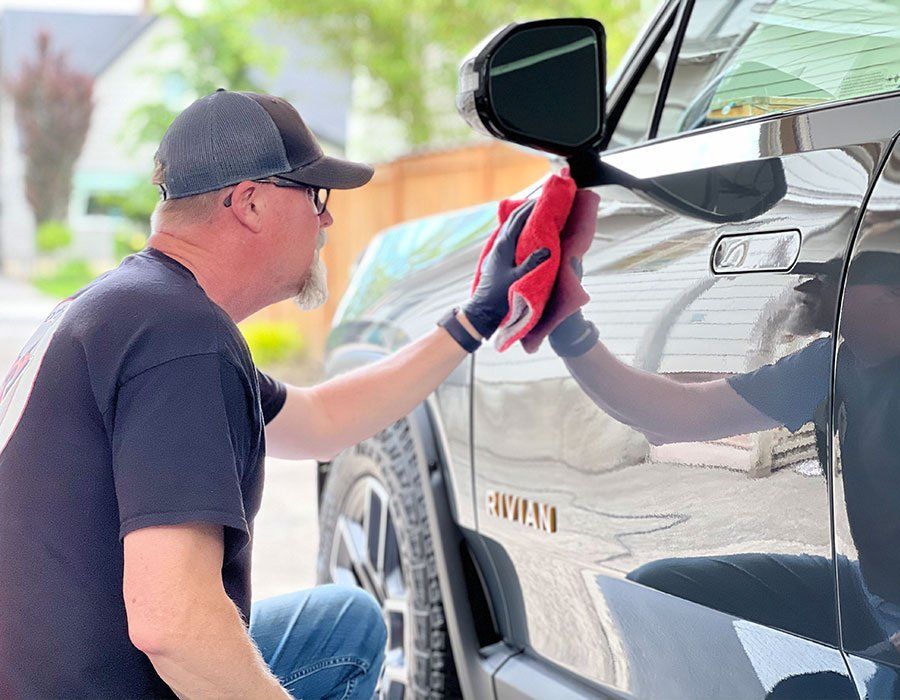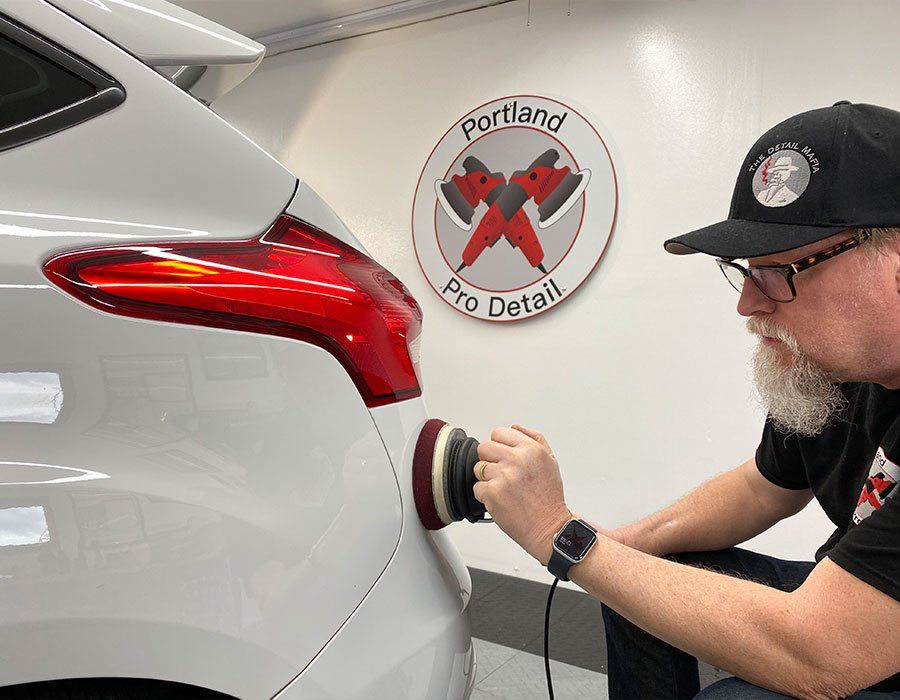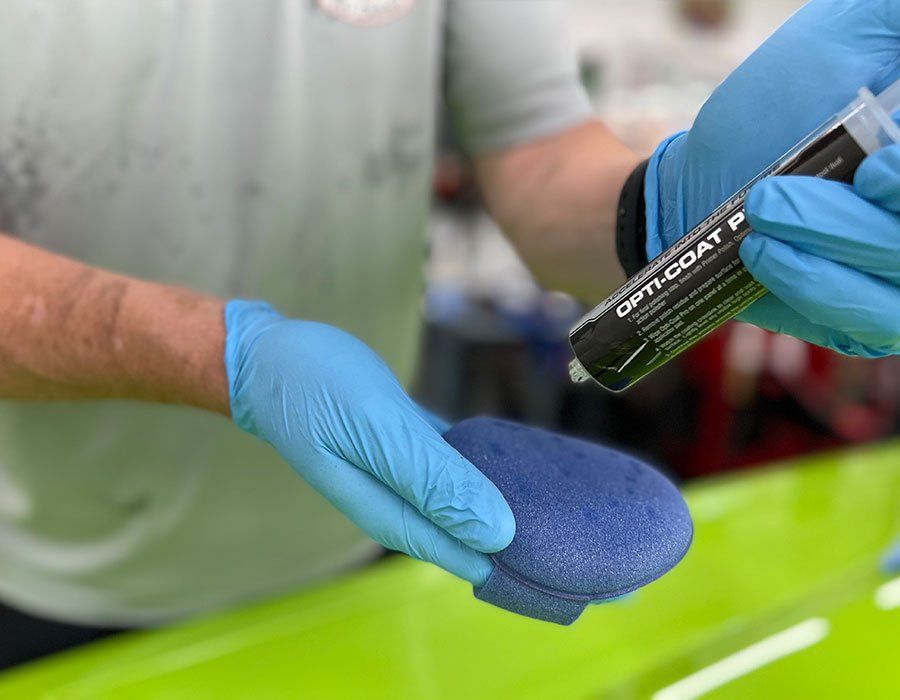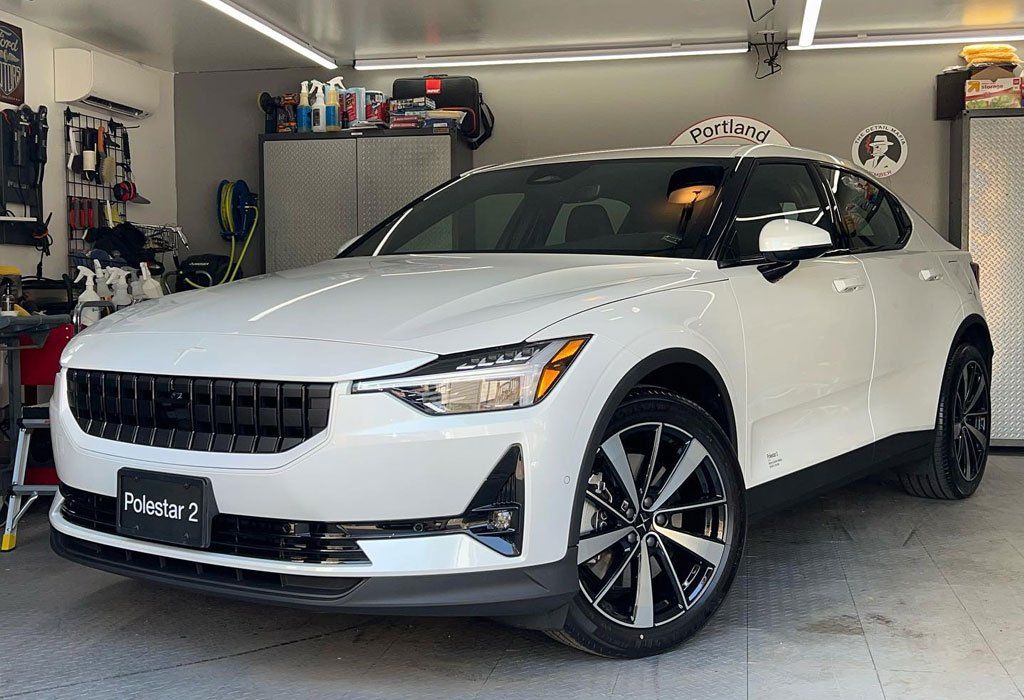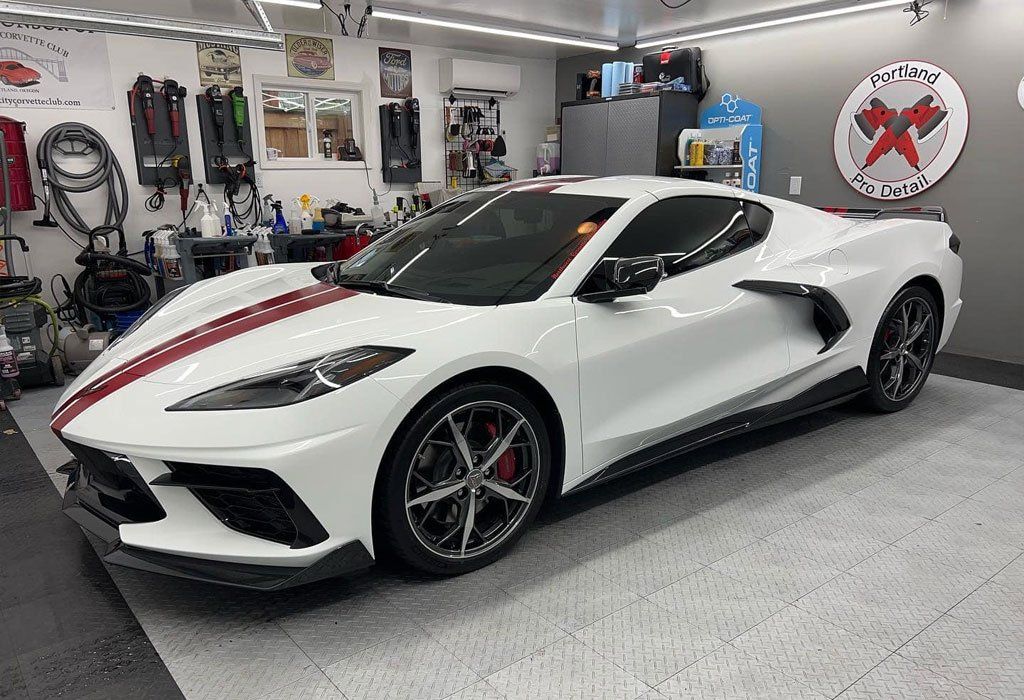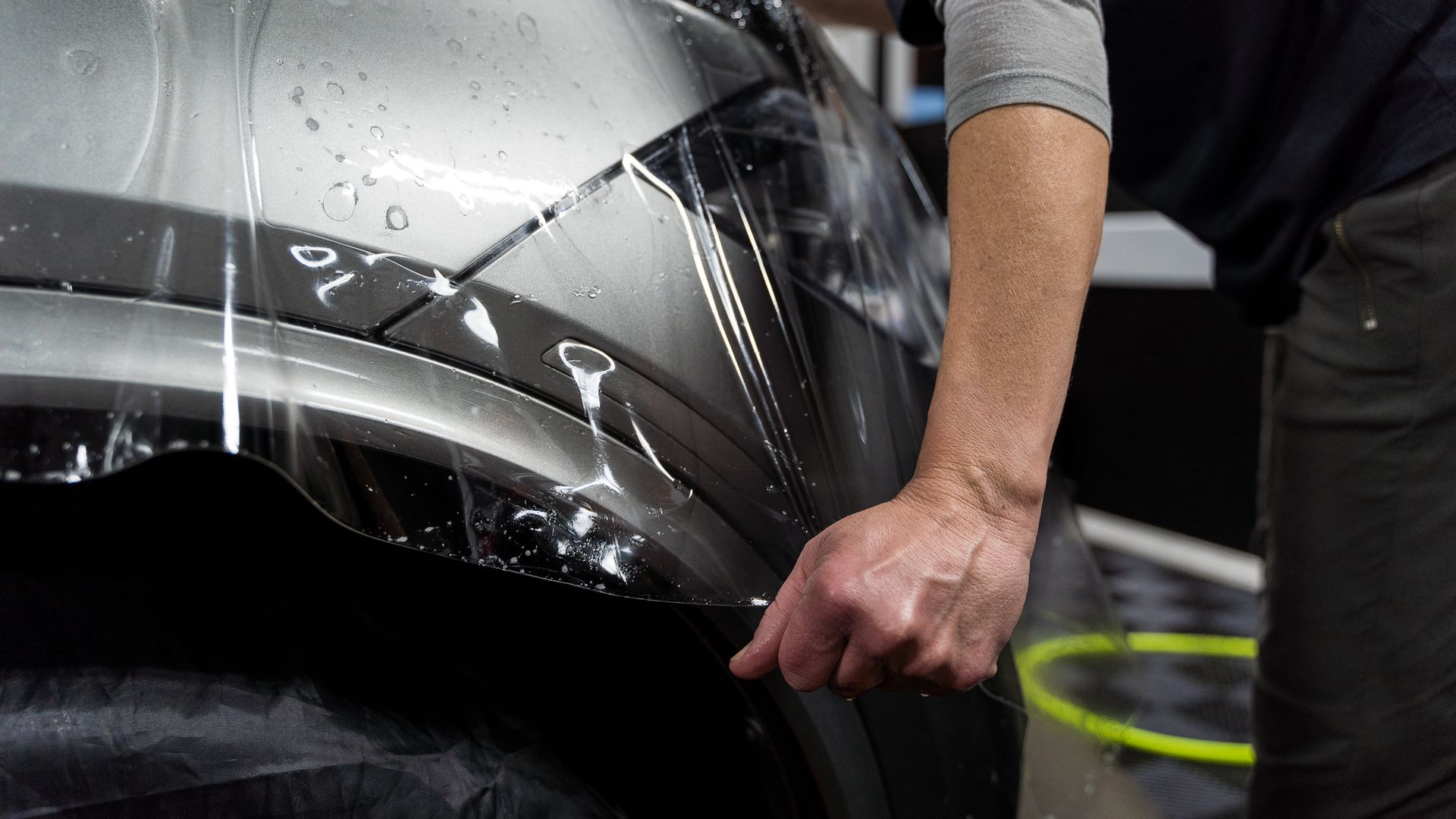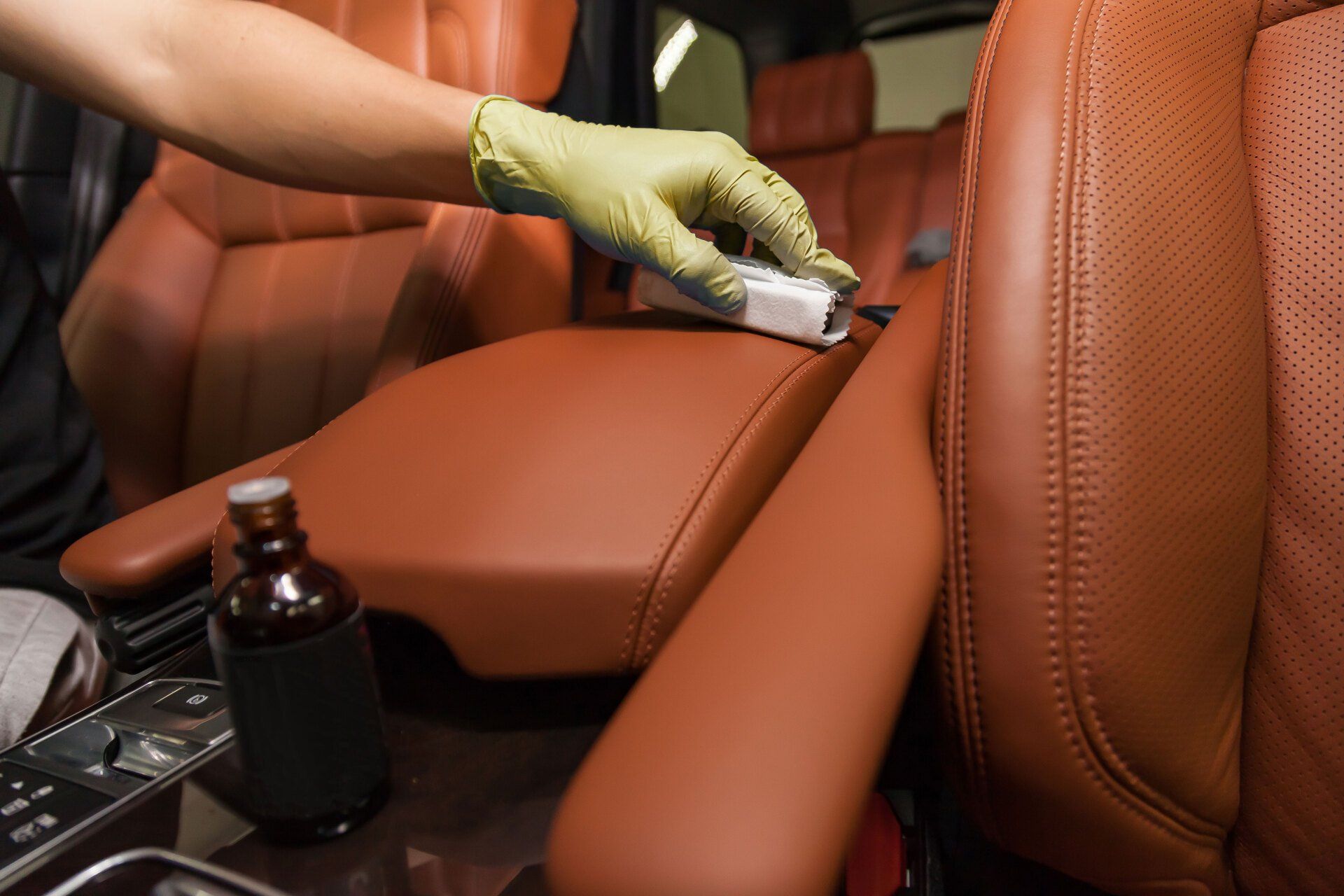Ceramic Coatings and Their Heat-Resistant Properties: Benefits and Technology
CALL (503) 444-7415
Have you ever wondered what really protects your car from the scorching heat of summer or the harsh winter frost? Enter ceramic coatings—the unsung heroes of vehicle protection that not only keep your ride looking sleek but also shield it from extreme temperatures. These advanced layers are gaining popularity for their impressive heat-resistant properties, enabling them to withstand severe conditions while enhancing performance. With the ability to fend off damage and extend the life of key components, understanding ceramic coatings is essential for anyone looking to maximize vehicle longevity and efficiency.
Ceramic coatings exhibit exceptional heat resistance with the ability to tolerate temperatures ranging from 1200°F to over 1600°F. These coatings serve not only to protect surfaces from high-temperature damage but also to enhance performance by acting as thermal barriers, preventing overheating of critical components in various applications.
What Are Ceramic Coatings?
Ceramic coatings are advanced protective layers composed of microscopic ceramic particles combined with a durable binding resin. When applied, they create a robust and virtually invisible shield over a variety of surfaces, enabling them to withstand extreme conditions while enhancing their functionality. This tight adhesion provides significant protection against wear and thermal stresses, which is essential for components that operate in demanding environments such as automotive or industrial applications.
The unique composition of ceramic coatings means they offer incredible heat resistance, typically tolerating temperatures from 1200°F to over 1600°F. This makes them ideal for high-performance settings, such as under-the-hood automotive components or machinery prone to temperature fluctuations. Imagine driving a race car; the components need to perform under immense heat for peak performance—this is where ceramic coatings shine by protecting critical parts from damage while maintaining their characteristics.
Applications and Benefits
Ceramic coatings are not limited to automotive use alone; they find application across various industries, including aerospace and manufacturing. They play an important role in protecting engine parts and exhaust systems, preserving efficiency, and extending the life of these essentials.
Some key benefits include:
- Heat Protection: shielding materials from heat-induced deterioration.
- Corrosion Resistance: Withstanding corrosive elements like engine oil or road salts.
- Durability Enhancement: extending the lifespan of vital components by reducing wear.
Popularity and Usage
The growing traction of ceramic coatings can be attributed to their ability to deliver superior protection without compromising the underlying material's properties. Unlike traditional sealants or waxes, which may provide temporary relief from environmental contaminants, ceramic coatings adhere seamlessly to the surface with long-lasting effects. In fact, properly maintained ceramic coatings can last from two to five years, showcasing their impressive durability.
Heat-Resistant Properties
One of the hallmark features of ceramic coatings is their remarkable capacity to withstand extreme temperatures. To put it simply, these advanced surfaces can tolerate temperatures ranging from 1200°F to over 1600°F. This impressive range is critical for applications in high-temperature environments where traditional coatings would fail. Everything from your vehicle's engine components to exhaust systems thrives under this protection, thanks to the ability of ceramic coatings to maintain structural integrity even when facing intense heat.
Ceramic coatings exhibit thermal resistance not only in numbers but also in performance. The unique composition of these coatings allows them to act as thermal barriers, effectively managing heat transfer and preventing overheating of critical parts. This results in prolonged component life, particularly in fast-paced settings like automotive mechanics, where every fraction of a degree matters. Take automotive engines, for example. During operation, engines generate immense heat. Ceramic coatings are strategically applied to vital components such as pistons and cylinder heads, protecting these parts from thermal fatigue.
When we compare ceramic coatings to traditional coatings, the differences become starkly clear. Traditional coatings may show some level of resistance but are far inferior when it comes to thermal degradation. A ceramic coating stands out with its durability, significantly extending the life of both the component and the coating itself. Imagine investing in a solution that not only withstands the test of time but actively enhances the performance of your vehicle.
Long-Term Durability and Protection
When applied correctly, ceramic coatings become powerful guardians for surfaces, especially in automotive applications. Their crafted formulas, designed specifically for high performance, create a hard shell that acts as a bulwark against the ravages of time. But what does this mean for everyday use?
- Unmatched Protection: When you choose to invest in a ceramic coating, you’re essentially giving your surfaces a highly effective shield. Imagine being able to drive your car through rain, dirt, or even intense sunlight while knowing that the coating is working tirelessly to protect your vehicle's paint job. In addition to defending against environmental damage, these coatings also actively repel moisture and dirt. A quick wash here and there replaces what used to be tedious scrubbing sessions with wax or sealants.
- Easy Maintenance: The ability to effortlessly maintain a clean appearance is a substantial benefit. As time goes on and grime accumulates less frequently due to the easy-to-clean surface created by ceramic coatings, you're left with more time for other activities—like enjoying your freshly polished vehicle instead of worrying about upkeep! This reduction in maintenance tasks makes ceramic coatings an attractive choice for those seeking simplicity without sacrificing quality.
- Cost Savings: From a financial perspective, investing in ceramic coatings might seem daunting due to higher initial costs. However, consider the long-term implications. The extended lifespan of these coatings translates directly into reduced maintenance costs over time. Instead of spending regularly on inferior products that require frequent reapplications, you can rest assured knowing that your ceramic-coated surfaces will withstand the test of time—making them ultimately more cost-effective in the long run.
Enhancing Automotive and Engine Performance
In the automotive world, ceramic coatings have revolutionized how we think about vehicle maintenance and performance enhancements. By applying these advanced coatings, we improve the exterior finish of the vehicle while also addressing crucial aspects of engine efficiency. One standout feature of ceramic coatings is their exceptional heat resistance.
When applied to exhaust systems, they provide a barrier that significantly reduces thermal conduction. This means that less heat escapes through the exhaust, allowing the engine to operate more efficiently. Imagine an engine running cooler; it's akin to giving it a breath of fresh air amidst the heat of battle. The results are tangible: enhanced fuel combustion, increased horsepower, and a noticeable drop in emissions. These benefits translate to better performance and longer service life for engine components under high-stress conditions.
For car enthusiasts and everyday drivers alike, the importance of running engines cooler cannot be understated. A cooler operating temperature improves the integrity of an engine by reducing stress on various components, directly affecting the longevity of vital parts like pistons and bearings. This means less downtime for repairs and more time enjoying your ride—definitely a win-win scenario!
Real-World Benefits and Advantages
Ceramic coatings offer a range of benefits that extend beyond just enhancing a vehicle's appearance. Their ability to repel water, protect against contaminants, and improve durability makes them a valuable investment for both individuals and industries. Below are some key advantages of ceramic coatings:
- Hydrophobic Properties: One of the standout features of ceramic coatings is their ability to repel water and dirt, making them ideal for protecting car exteriors. After a rainstorm, a ceramic-coated surface allows raindrops to bead up and roll off, preventing water spots. This not only helps maintain a clean appearance but also reduces the need for frequent washing, saving both time and money. Vehicles with ceramic coatings retain their factory finish up to 40% longer, enhancing their overall longevity. A well-maintained car also holds better resale value, making ceramic coatings a worthwhile investment.
- Protection Against Environmental Contaminants: Ceramic coatings provide a protective barrier against harmful elements such as bird droppings, tree sap, and UV rays that can cause long-term damage to a vehicle’s paint. By preventing these contaminants from adhering to the surface, ceramic coatings help maintain a pristine finish. This protection extends beyond just vehicles—ceramic coatings are used in aerospace, industrial equipment, and even household items like cookware. This translates to fewer replacements and repairs, offering significant long-term savings.
Investing in ceramic coatings ensures lasting protection and long-term cost savings, making them a smart choice for anyone looking to maintain the quality and performance of their assets.
Top Ceramic Coating Services in Portland, OR
Protect your vehicle's finish with Portland Pro Detail's
premium ceramic coating services. Our expert team uses advanced techniques to provide a durable, long-lasting shield against dirt, water, and harmful contaminants, ensuring your car stays spotless and shining. Whether you're looking to preserve the paint on your daily driver or enhance a luxury vehicle, our ceramic coating offers unmatched protection and shine. Trust Portland Pro Detail to keep your car looking like new for years to come—contact us today for a consultation! Call us at (503) 444-7415 to get started!
Portland Pro Detail Blog
